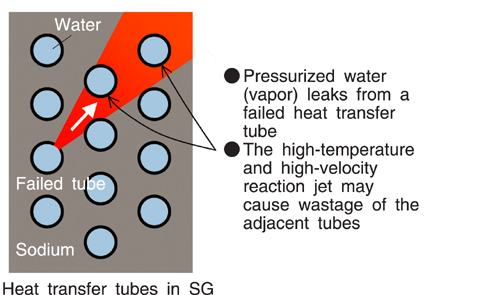
Fig.1-21 Sodium-water reaction phenomena upon tube failure

Fig.1-22 Two chemical reaction mechanisms
Fig.1-23 Numerical analysis of sodium-water reaction experiment
When pressurized water leaks from a failed heat transfer tube in a steam generator (SG) of a sodium cooled fast breeder reactor, the water vapor reacts with the liquid sodium outside the tube. It is known that in some cases the high-temperature and high-velocity reaction jet may cause wastage of the adjacent tubes (Fig.1-21). Evaluation of these phenomena under anticipated conditions is a key issue in safety assessment of the SG. In this study, a numerical analysis code SERAPHIM analyzing compressible multi-phase flows with sodium-water chemical reaction has been developed.
A multi-fluid model was adopted to calculate multi-phase flows of water, liquid sodium and multi-component gas. Advection and diffusion of the gaseous species is also considered in our method. Two chemical reaction mechanisms were modeled (Fig.1-22). One is a surface reaction model for the reaction at the interface between the water vapor and the liquid sodium. The surface reaction rate is assumed to be diffusion-controlled in our model. Another is a gas-phase reaction model for the reaction between the water vapor and the gas sodium generated by evaporation. In this model the reaction rate constant is estimated based on the Arrhenius law.
Applicability of the SERAPHIM code has been validated through the analysis of an experiment on the sodium-water reaction (Fig.1-23(a)). By using the SERAPHIM code, profiles of void fractions, concentrations (Fig.1-23(b)), and temperature and velocity fields can be obtained. As shown in Fig.1-23(c), the temperature field calculated by the SERAPHIM code shows good agreement with the experimental result.